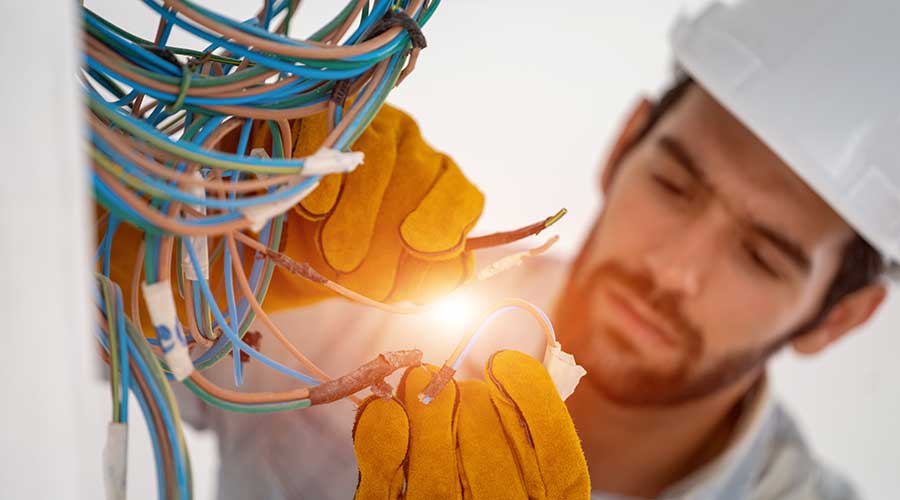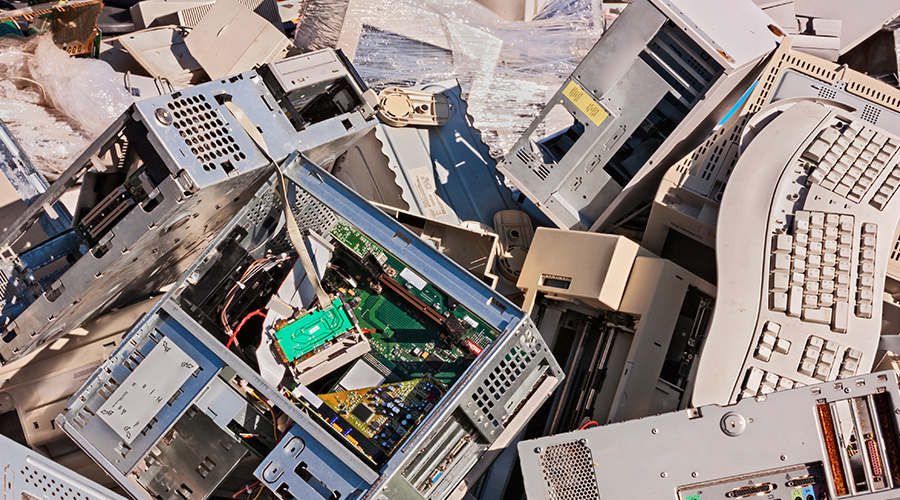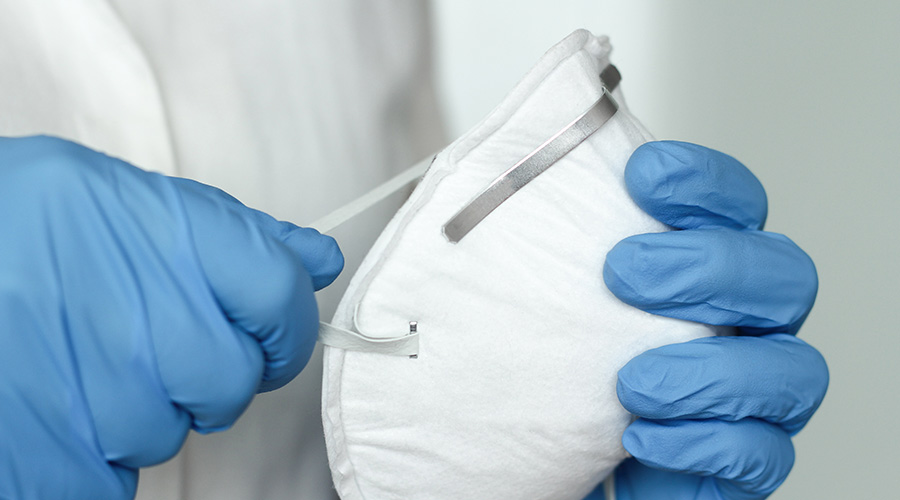Keeping E-Waste from Landfills
Human-I-T nonprofit helps facilities rid of unwanted IT items and places them with people who need them
By Dave Lubach, Executive Editor
It’s a situation that facility managers are often forced to deal with – leaders at an institutional or commercial facility decide to upgrade their information technology devices, and the managers are left to figure out how to get rid of unwanted equipment such as laptops and desktop computers and monitors.
Often, the rubbish ends up in a landfill – which is obviously not a good situation for the environment.
The amount of e-waste Americans generate is staggering. According to E-Waste Facts & Statistics, the U.S. generated approximately 7.6 million tons of e-waste in 2019-2020, an average of 47 pounds per person. As of 2023, only 20 percent of all e-waste is recycled, and e-waste produces 70 percent of the toxic waste in the world’s landfills.
Take this environmental hazard and combine it with the need for so many Americans who can’t afford to have internet at home or to purchase computers of their own, and Gabe Middleton found a cause near to his heart. His solution was to create a company that helps facilities discard their unwanted equipment and get it into the hands of those who need it.
Middleton is CEO and one of the co-founders of Human-I-T, a nonprofit created in 2012 with a mission to provide underserved individuals, communities and businesses with affordable devices and internet access.
Helping facilities get rid of their unwanted items is the second part of Human-I-T's mission.
“Electronic waste is the fastest growing waste stream in the world,” Middleton says. “It’s 2 percent of our trash but 70 percent of our toxic waste. It’s a major problem. A very, very small percentage of it is recycled and an even smaller percentage of that is reused and refurbished.
“We really want to educate companies and school districts from across the country that it’s reduce, reuse and recycle, and let’s focus on the reuse part as well. I think that kind of gets lost in the narrative.”
Lending a hand
Since the founding of the company in 2012, Human-I-T has diverted 15.3 million pounds of e-waste from ending up in dumps, including 3.6 million pounds in 2023. With warehouses in Los Angeles and Detroit, where items are collected, processed, wiped of data and refurbished, and a retail store in Detroit, many of the contributors hail from those cities.
The donors include such organizations as the Detroit Public Schools Foundation, the cities of Detroit and Long Beach and UCLA and USC universities. Recipients of Human-I-T's items include the Long Beach Unified School District, Detroit Digital School for Technology, senior centers and women’s networks.
“The Detroit Public School System is a good example of how we partner with school districts to offer the support to the students and families directly,” Middleton says. “If they’re having problems with the various school portals or their Chromebooks, or whatever type of device that they have, we want to make sure that we offer our technical support services to those school districts so that their internal IT team is not stressed.
“No. 2, we want to make sure that we are able to partner with schools all across the country and ensure that they know about the services that we offer, that they know that every student and every parent knows that they can go online to our website and access a high-quality, low-cost device if the school wasn’t handing them out.”
Human-I-T says that more than 300,000 individuals and families have benefited from the items donated to the company.
How to contribute
Facilities of any kind looking to get rid of unwanted tech items can visit the organization’s website here to learn more about the process. As any hopeful businessman, Middleton thought he had a good idea on his hands in 2012. He learned early during the process about a year after starting, that he had a concept with potential to be successful.
“Our first major university was the University of Southern California,” he says. “We had an intern at the time going to school there, and she overheard someone in the IT department saying they had a whole classroom full of electronic equipment that they didn’t know where they were going with it or what to do with it.”
The company’s intern connected the IT department with Middleton and his partner, who rented a rental truck to pick up the unwanted equipment, turned it around and soon had it ready for another classroom that needed the refurbished items.
“It was more technology than we’d ever seen at the time, and USC became our No. 1 technology donor by far, and that was just one school of the university, the Marshall School of Business,” he says. “We built so much trust with that we got a meeting with the school CIO. I had a whole pitch prepared and practiced before the other top executives of the university. He puts his hand on the table halfway through my pitch and goes, ‘we’re working with these guys,’ and leaves the room.”
That opportunity opened the doors to USC’s hospital system, crosstown athletic rival UCLA, and other educational facilities and hospitals in the Los Angeles area as company partners.
Another watershed moment happened a few years later, with the city of Los Angeles’ IT department when Windows 7 was upgraded. The city needed 10,000 machines upgraded. Instead of sending defunct machines to the trash, employees of Human-I-T took the unwanted machines, refurbished them and distributed them to community members.
More than a decade later, the company’s base of institutions and businesses ready to part with unwanted technology continues to expand.
“By the grace of God, I still to this day do not know why they looked at 20-somethings and allowed them to handle all of the electronic waste we did,” Middleton says. “That was a really cool moment for us that saying that we can do a redistribution and refurbishment at a scale for a major partner like Los Angeles and make an impact on so many people in such a short time.”
Dave Lubach is the executive editor of the facilities market.
Related Topics:












